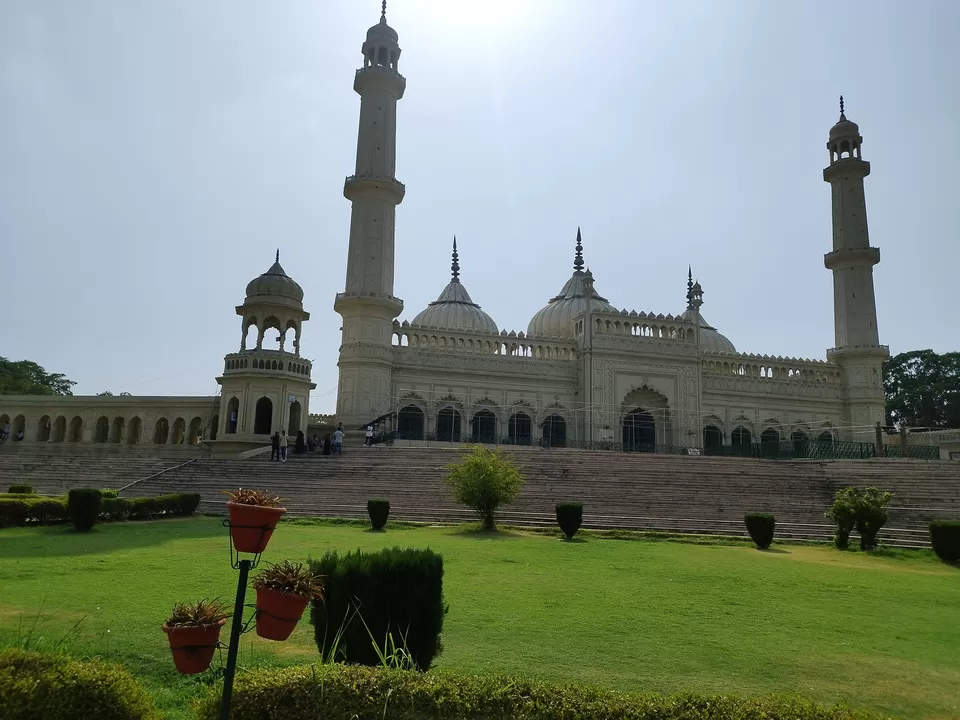
Bada Imambara, built by Nawab Asaf-ud-Daula in 1784, is a grand architectural marvel in Lucknow, known for its massive central hall without supporting beams. Within the complex lies the Bhulbhulaiya, an intricate labyrinth of corridors that challenge and captivate visitors with its maze-like structure. Together, they stand as iconic symbols of Lucknow's rich cultural and architectural heritage.

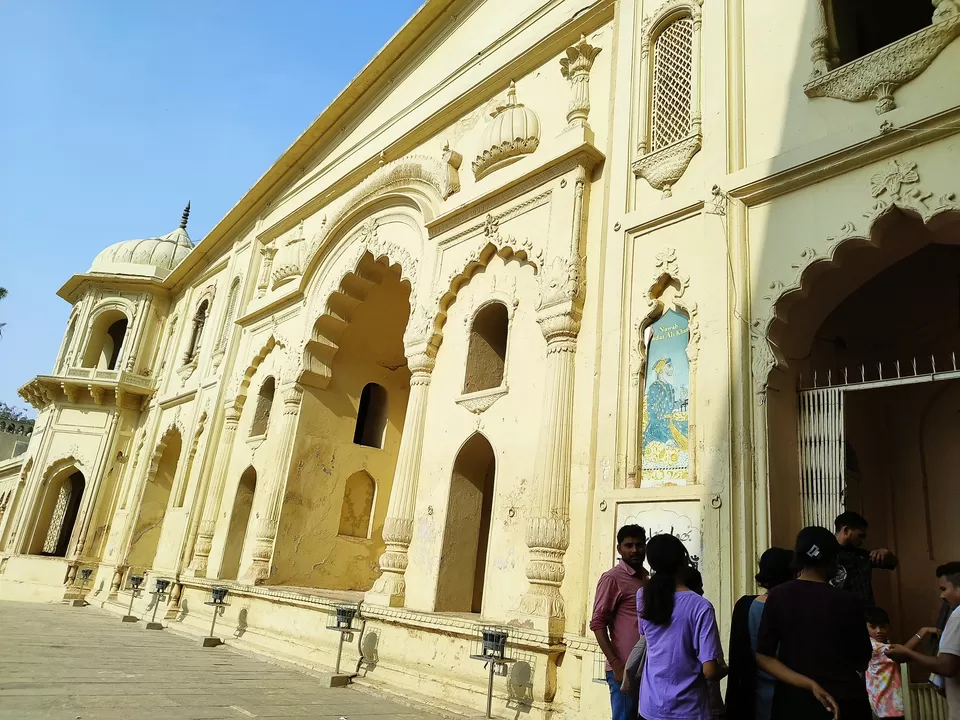
Bara Imambara, a grand architectural marvel in Lucknow, is famed for its massive central hall and intricate Mughal design. The Bhulbhulaiyaa, an astonishing maze within the Imambara, offers a labyrinth of corridors and hidden passages, challenging visitors to navigate its winding paths. Together, they stand as iconic symbols of Lucknow's rich heritage and architectural brilliance.

The entrance to the Bhulbhulaiyaa, nestled within the grand Bara Imambara complex, is a gateway to a world of mystery and architectural marvel. At first glance, the entrance might seem unassuming, almost modest, in contrast to the grandeur of the surrounding structure. However, as you step closer, the sense of anticipation builds, knowing that just beyond this doorway lies one of India’s most fascinating labyrinths.
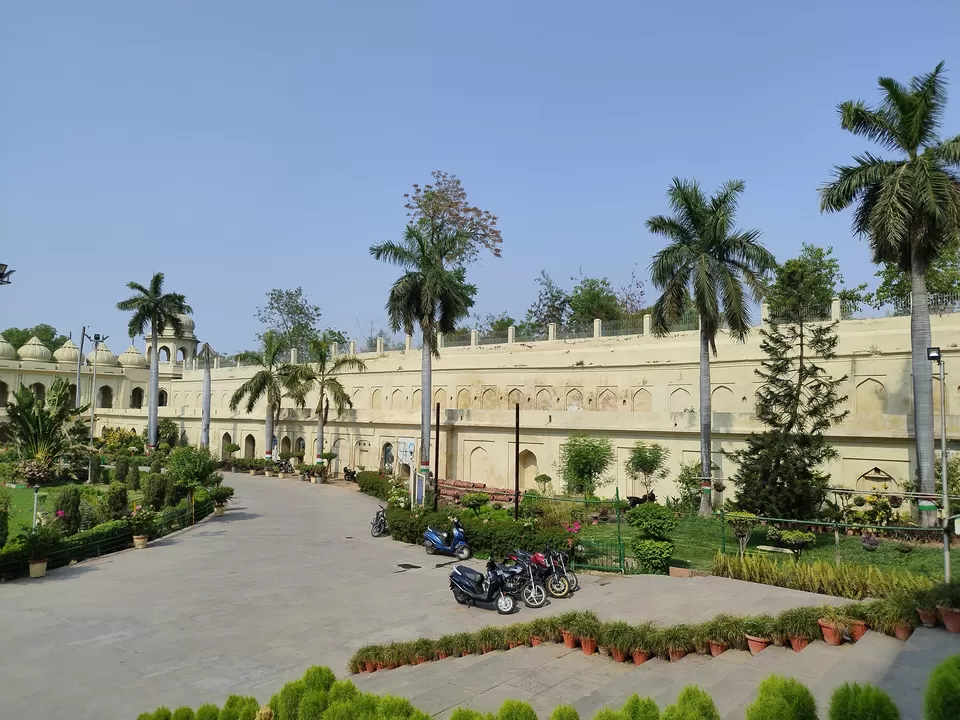
Upon crossing the threshold, you are immediately greeted by a series of winding staircases, narrow corridors, and passageways that seem to lead in every direction. The maze is an ingenious architectural feat, designed with the intent to confound and captivate. The corridors, dimly lit and lined with ancient brickwork, twist and turn, creating a disorienting yet thrilling experience. Every corner presents a new challenge, a new decision on which path to take, and with each step, the realization grows that this is no ordinary structure.
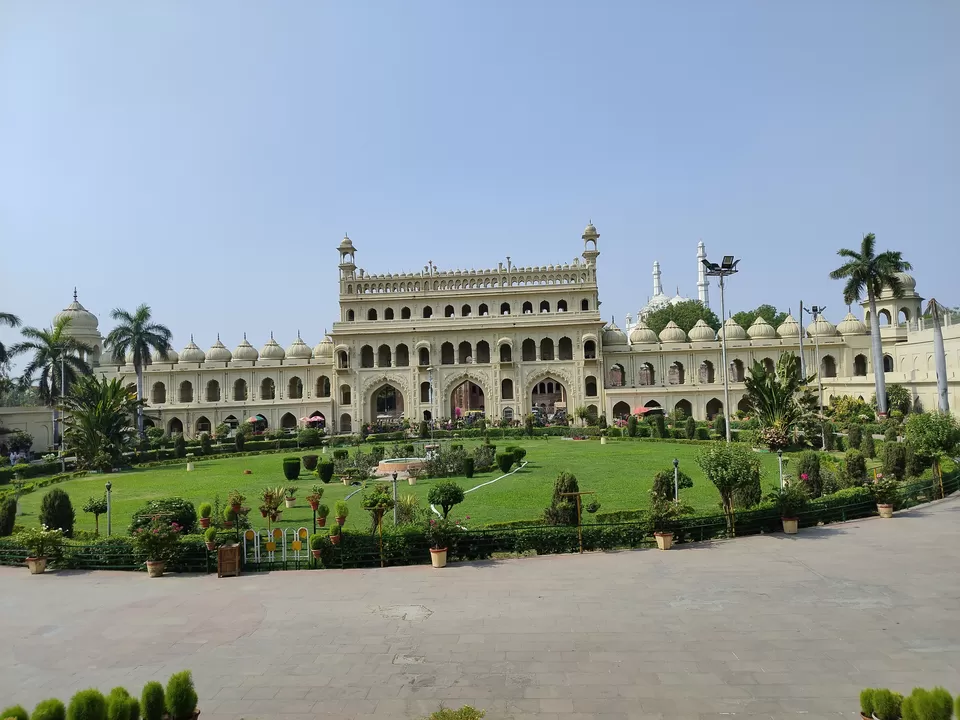
The Bhulbhulaiyaa was crafted to serve as a defense mechanism, where invaders could be easily lost or trapped within its intricate network. Yet today, it stands as a monument to human curiosity and the spirit of adventure. The entrance, while simple in its appearance, is the first step into a journey through history, mystery, and the brilliance of Mughal engineering. As you move deeper into the maze, the outside world fades away, replaced by the echoes of footsteps on ancient stone, the whispers of the past, and the thrill of finding your way through this timeless puzzle.
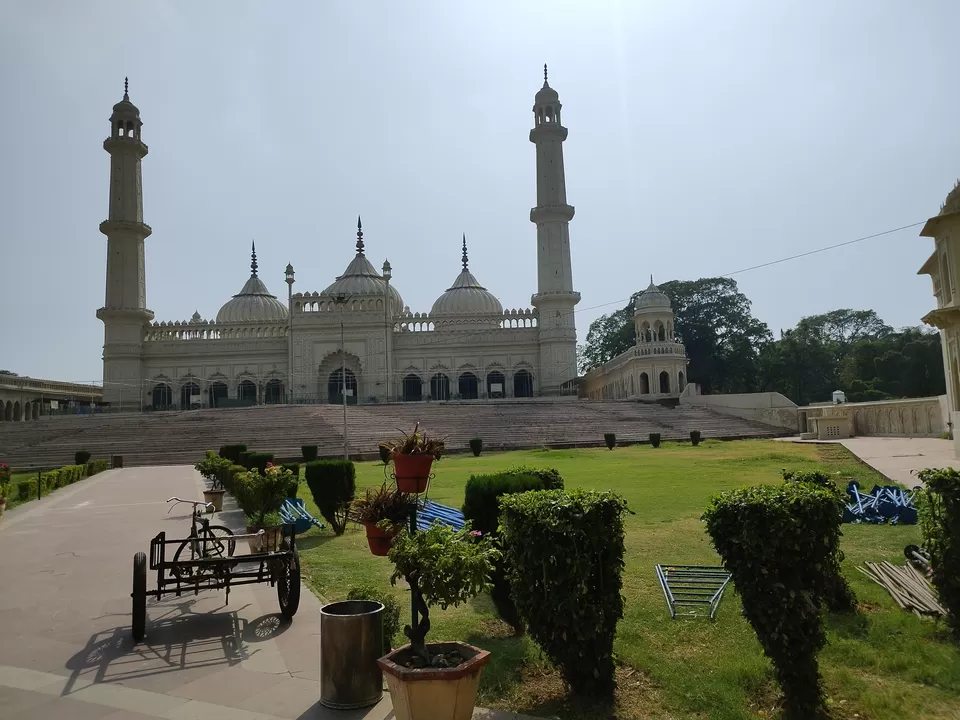
The Asifi Masjid, located within the iconic Bara Imambara complex in Lucknow, is a striking example of Mughal architecture and a testament to the rich cultural heritage of the city. Commissioned by Nawab Asaf-ud-Daula in the late 18th century, the mosque stands as a symbol of the Nawab’s devotion and his commitment to the welfare of his people. Its construction was part of a larger project, which included the Bara Imambara and the Bhulbhulaiyaa, aimed at providing employment during a devastating famine. The Asifi Masjid, with its elegant design and spiritual significance, remains a place of worship and reflection for many.
The mosque’s architecture is a blend of grandeur and simplicity, typical of the Mughal style. The façade is adorned with intricate carvings and symmetrical arches, leading to a spacious courtyard that can accommodate a large congregation. The mosque’s central dome, flanked by two tall minarets, dominates the skyline, making it a prominent landmark in the old city. The white marble of the mosque glistens under the sunlight, creating a serene and peaceful atmosphere that contrasts with the bustling streets outside its walls.

Inside the Asifi Masjid, the ambiance is one of tranquility and devotion. The prayer hall, with its high ceilings and arched windows, allows natural light to filter through, casting a soft glow on the interiors. The walls are adorned with verses from the Quran, meticulously inscribed by skilled artisans. The simplicity of the interior design reflects the mosque’s purpose as a place of worship, where the focus is on spiritual connection rather than opulence. The quietude inside the mosque provides a space for contemplation and prayer, away from the noise of the outside world.

The Asifi Masjid is not just a religious site; it is also a cultural and historical landmark. It represents the synthesis of art, architecture, and spirituality that defines much of Lucknow’s heritage. Visitors to the mosque are often struck by its beauty and the sense of history that pervades the space. Whether one comes for prayer, to admire the architecture, or to simply experience the peaceful environment, the Asifi Masjid leaves a lasting impression, reminding all who visit of the enduring legacy of Nawab Asaf-ud-Daula and the cultural richness of Lucknow.
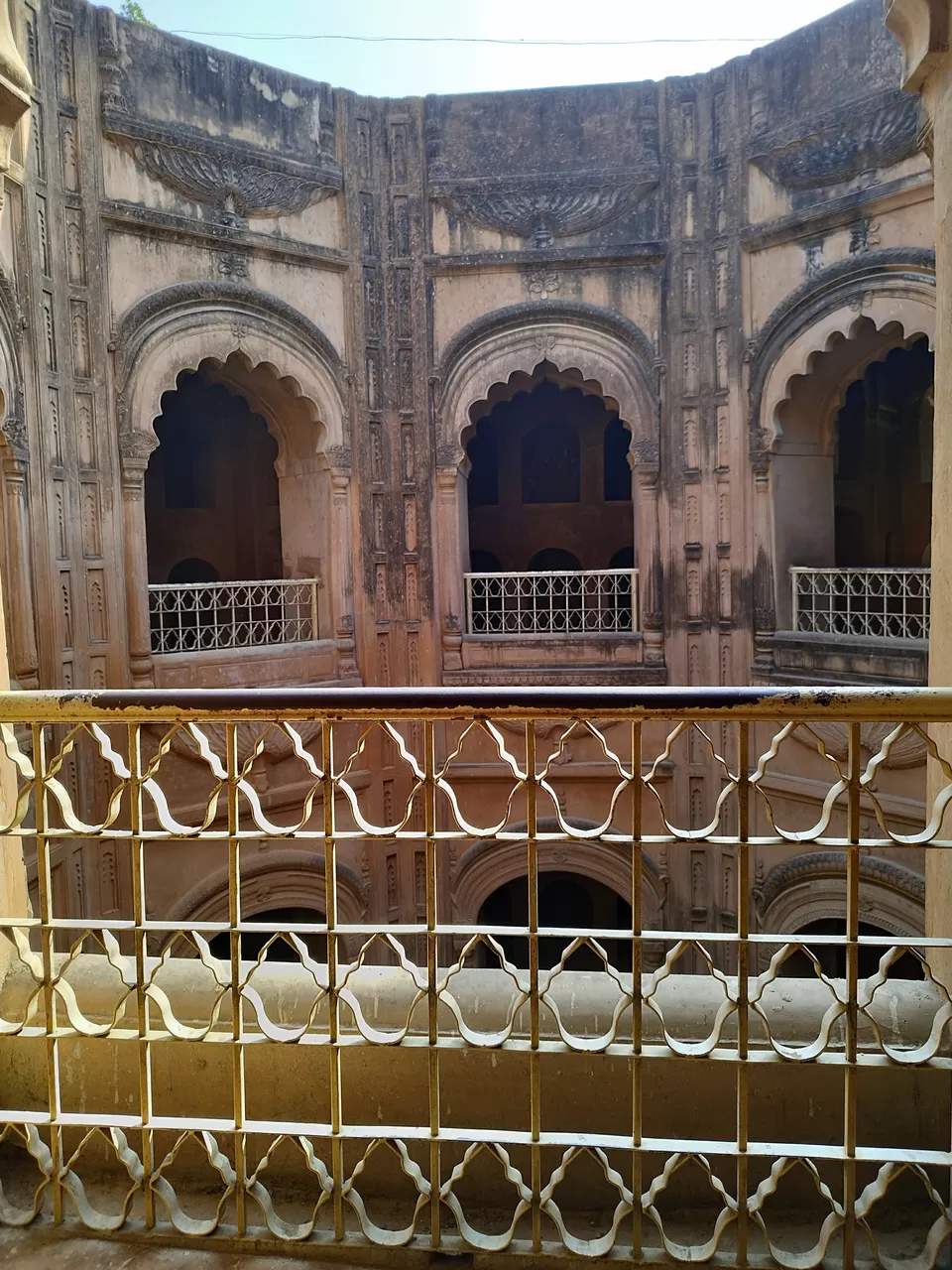
The Baoli inside the Bara Imambara complex in Lucknow is a remarkable architectural feature that reflects the ingenuity and cultural sophistication of the Nawabi era. This ancient stepwell, located within the sprawling grounds of the Bara Imambara, was constructed during the reign of Nawab Asaf-ud-Daula in the late 18th century. The Baoli served both practical and symbolic purposes, providing a critical water source in an area that frequently faced water scarcity. Its design embodies the typical stepwell architecture, with a series of descending steps leading down to a reservoir, showcasing the era's advanced engineering techniques.
Historically, the Baoli holds significant value as it was part of the larger Bara Imambara project, which was initiated to offer employment during a severe famine. The stepwell was an essential aspect of this grand project, aimed at alleviating the hardships faced by the people by providing not only a much-needed water source but also job opportunities. The construction of the Baoli, along with the Imambara and the Bhulbhulaiyaa, demonstrated the Nawab's commitment to the welfare of his subjects and his strategic approach to addressing the crisis.
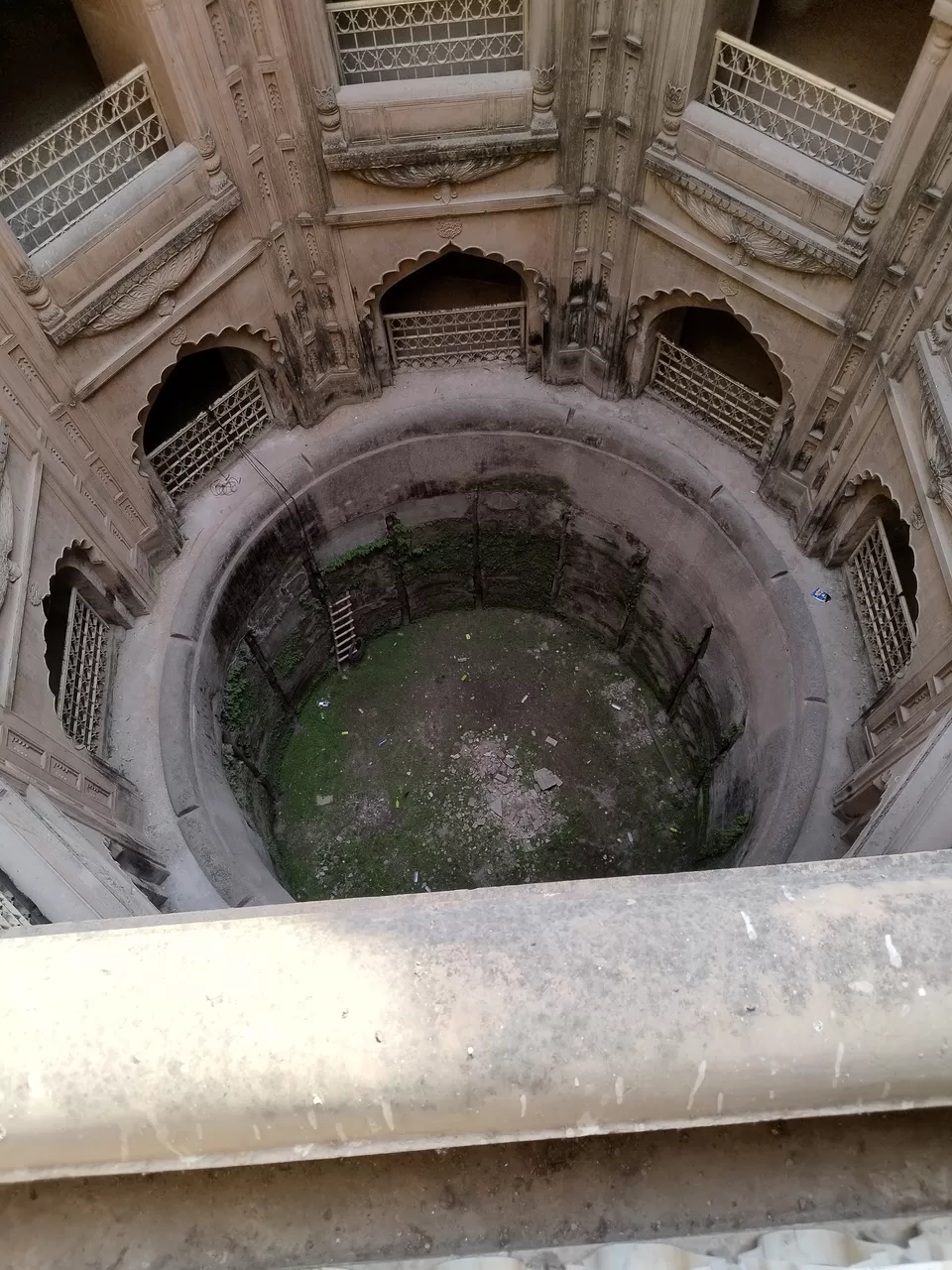
Architecturally, the Baoli is a marvel of traditional design and functionality. Its tiered structure, with intricately carved walls and arches, reflects the opulence of Mughal architecture while serving a utilitarian purpose. The stepwell's walls are adorned with decorative motifs and inscriptions, adding to its historical and aesthetic appeal. The descending steps, made from durable stone, create a visually striking effect, leading to a deep reservoir that once provided water for the Imambara complex. The interplay of light and shadow within the Baoli adds to its mystique and grandeur.
The significance of the Baoli extends beyond its historical and architectural value; it represents the deep connection between culture, utility, and artistry in Nawabi Lucknow. It stands as a testament to the era's advanced engineering and the Nawab's foresight in addressing both practical needs and aesthetic desires. Today, the Baoli remains a captivating element of the Bara Imambara complex, attracting visitors who marvel at its historical importance and architectural beauty. It serves as a poignant reminder of the past, reflecting the ingenuity and legacy of Nawab Asaf-ud-Daula and his contributions to the heritage of Lucknow.
During the tumultuous period of the British invasion in the late 18th century, the Baoli within the Bara Imambara complex became the site of a poignant and dramatic episode that highlighted the Nawab's family's commitment to preserving their honor and legacy. As the British forces advanced and the situation became increasingly desperate, the Nawab's wife, in a dramatic act of defiance and pride, chose to make a profound statement about the family's commitment to their legacy and the Nawabi wealth.
Faced with the imminent threat of British control and the potential looting of the Nawabi treasures, she made a heart-wrenching decision. To prevent the British from accessing the vast wealth and to ensure that the Nawabi legacy remained untarnished, she took the keys to the Nawabi khazana (treasure) and, with a resolute spirit, jumped into the Baoli. This act was not only a demonstration of her dedication to safeguarding the family’s honor but also a powerful statement of resistance against the encroaching colonial forces.
This tragic yet courageous act is remembered as a symbol of the Nawabi family's pride and their unwillingness to relinquish their heritage and honor. The Baoli, therefore, stands as a poignant historical monument, reflecting the depth of loyalty and sacrifice during a period of profound change and challenge. The story of the Nawab's wife and her dramatic action is a powerful reminder of the lengths to which individuals went to protect their dignity and legacy in the face of overwhelming adversity.

